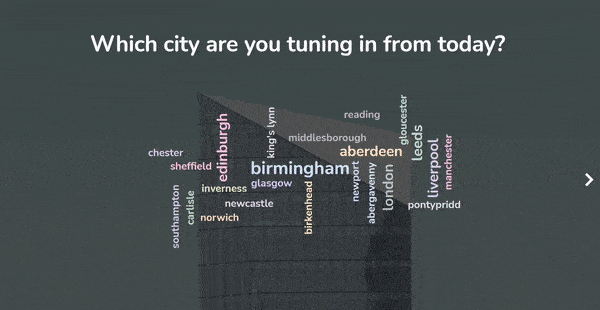您是否曾經想出不同的方法來解決數學問題,而不是遵循老師所教的方法?
您是否想過一個物品的所有可能用途,例如用襪子清潔百葉窗?
如果答案是肯定的,那麼您可能是發散型思維者!💭
但是, 什麼是發散性思維 確切地說,它如何幫助您解決複雜的問題? 在本文中找出這個概念。
目錄
什麼是發散思維?
發散思維 是當你從許多不同的角度而不是只從一個角度看待事物時。
發散性思考鼓勵想像力和好奇心。 它允許您自由地將一個概念或想法與另一個概念或想法聯繫起來,以建立新穎的聯繫。
即使看似無關的事物,透過不同的視角觀察時,也能激發新的見解。
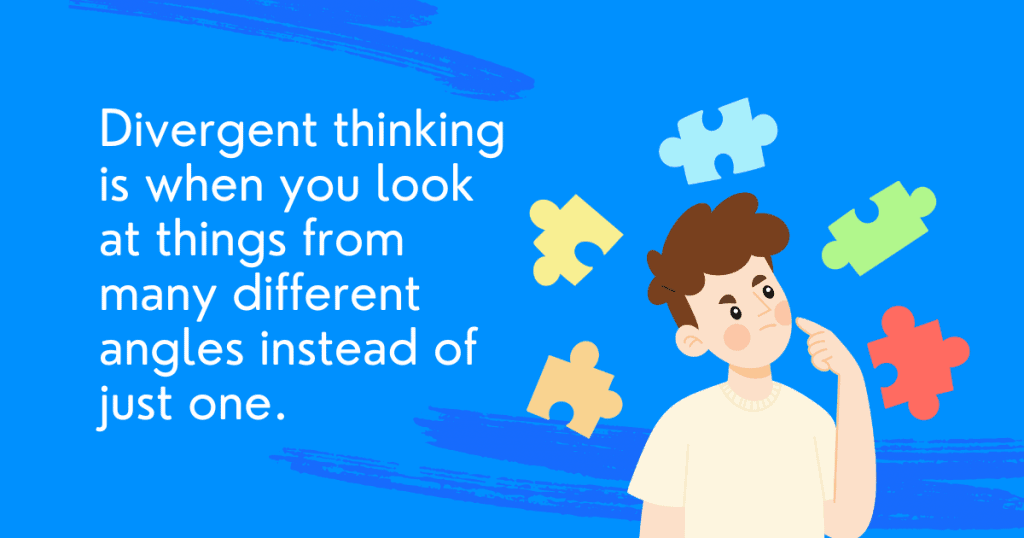
發散性思考不會批判每一個新想法,而是延後判斷。這是一個探索的過程,不會審查你腦中產生的任何想法。
後來,這些想法可以完善,但最初,一切都可以激發盡可能多的認知和概念多樣性。
它往往透過提問而非陳述來產生。提出「如果…會怎樣」的問題有助於發散思維,因為它能提供更多選擇,而不是過早縮小選擇範圍。假設情景也能激發更多創造性的可能性。
💡 另請參閱: 趨同思維與發散性思維.發散性思考的例子
發散性思考是設計、解決問題、創新以及在複雜環境中靈活應對的關鍵技能。讓我們來看看一些你可以運用這項寶貴技能的日常案例👇
• 腦力激盪物件的用途: 為常見的家居用品(如磚頭🧱️)想出許多不同的潛在用途,超越其典型功能。 例如,將其用作門擋、鎮紙、課本道具等。
• 構思新的可能性:選擇一個共同的事情並想出不同的方法來改進它,例如不是單向地呈現你的演講並將討論留到最後,而是在一開始就組織破冰活動,如小測驗、問答和 民意調查 來活躍人群。將簡報變成 互動體驗
進行演示 更有吸引力、更令人難忘、更有效 使用 AhaSlides。

這裡的 一個例子 用更現代、更隱喻的方式重述《狼與七隻小羊》的童話故事。這是一部值得一看的短片!
• 命名新的業務類型: 透過將不相關的類別組合在一起,例如“貓咪瑜珈工作室”或“送餐車”,構思出新穎的商業創意。你最終可能會以某種方式進入這個市場利基市場,所以即使你的想法很瘋狂,也不要輕易放棄。• 物品的即興用途: 為傳統上並非為此設計的物品表演出看似合理但富有創意的重新利用角色的自發場景,例如使用一瓶酒作為麵團滾筒。• 提出問題: 產生擴充查詢 問題的多個維度,而不是局限於固定的答案,例如,“如果教育是個性化的而不是基於年齡的會怎樣?”或“我怎樣才能更快地完成這項任務?”發散性思考練習和技巧
#1。 頭腦風暴
腦力激盪是產生新穎反應的有效活動。
在此活動中,您或您的團隊將在限定時間內提出盡可能多的想法/解決方案,而無需做出判斷。
您可以使用 AhaSlides的腦力激盪功能 根據提示記下想法、問題和想法,並將您的答案傳遞給其他人以建立想法 匿名。 這有助於避免偏見。

💡 正確使用這款小巧工具集思廣益 說明.
#2. 心智圖
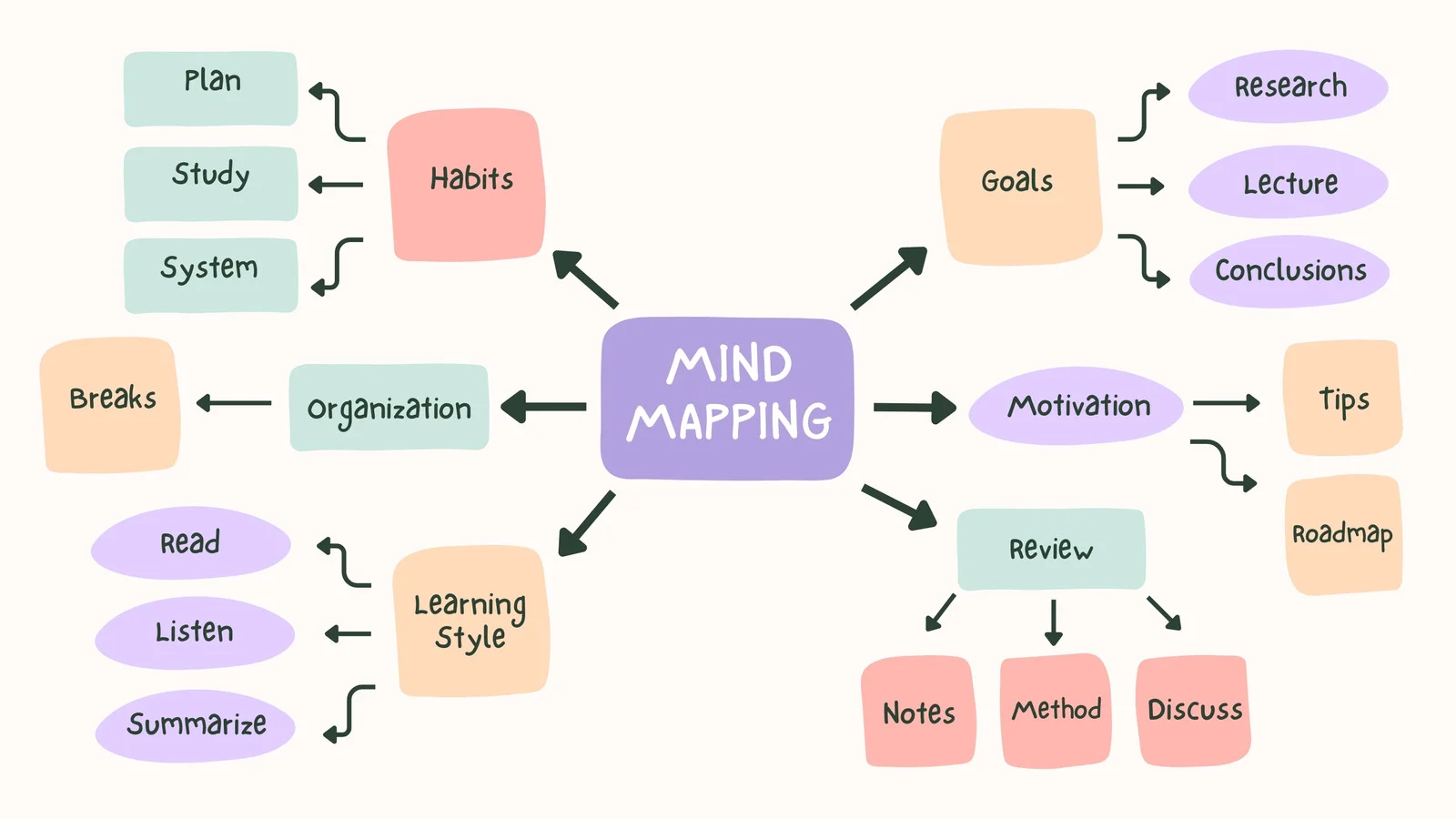
心智圖是激發發散性思考的另一種策略。
您可以透過不帶層級的分支思路,直觀地展現中心主題的關聯。了解它們之間的關係有助於激發新的連結。
空間繪製概念可以實現線性列表無法實現的靈活鏈接,因為顏色/圖像可以增強認知,並且您可以從中心開始更加關注輸出。
💡 另請參閱: 創建心智圖的 6 個步驟.#3。 強制連接
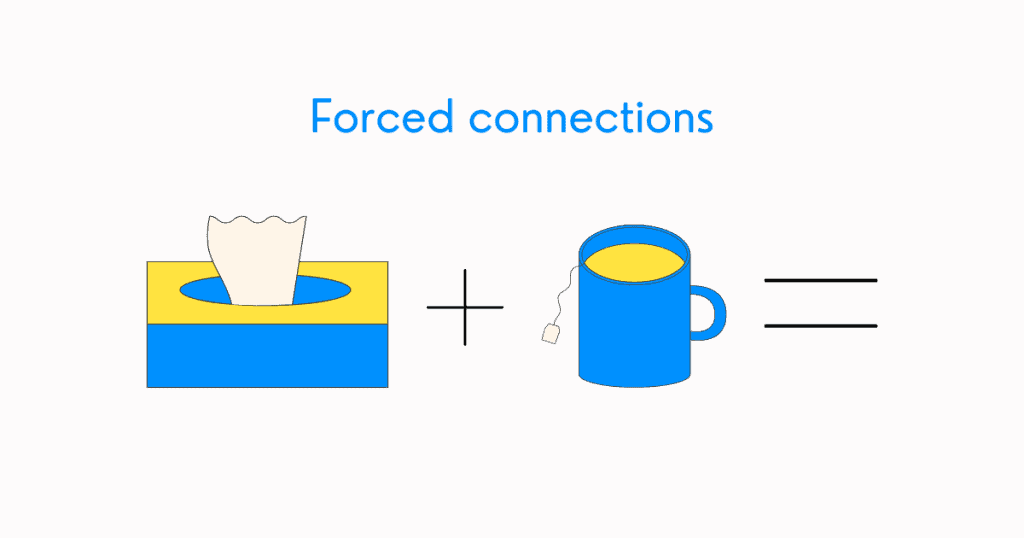
使用這種技巧有助於培養抽象思考和類比技能。
你可以透過挑選兩個隨機單字並尋找關係來練習強制連接,例如「樹-智慧型手機」來練習富有想像力的類比。
推動隨機項目之間的關係具有挑戰性,並且迫使人們在完全不同的領域中思考。
您可以看到這種情況經常發生在看似不相關的行業之間,例如在農業中利用人工智慧來預測和最大程度地減少農作物歉收的風險。
💡 另請參閱: 橫向思維難題鼓勵創造性思維.#4。 假設場景

您可以透過改變描述細節和隨著時間的推移不可預測地變化的情況來想像未來的場景,以創建新的情節角度。
它使左腦能夠分析並解決問題,而不是僅僅列出抽象概念。
非政府組織可以透過假設情境來設想解決未來危機並更加積極主動的替代方法,或者被城市設計師用來模擬可變城市發展計畫的潛在結果。
#5。 想法階梯
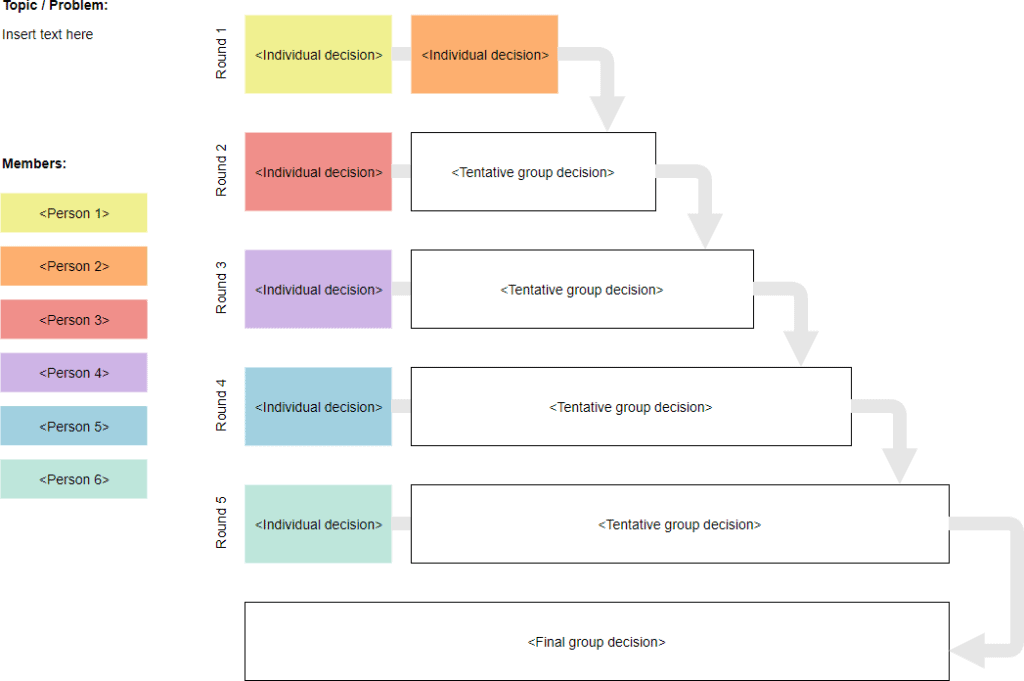
您從最初的想法/概念開始,然後透過建議修改或調整以逐步偏離最初的概念來建立它。
如果是在小組中進行,一個人會陳述一個開場想法,然後每個後續的人都會對其進行詳細闡述或從意想不到的方向進行闡述,不會出現任何太過小或奇怪的想法。
例如:「書」->「電子書」->「會大聲朗讀的電子書」->「會閱讀和互動的電子書寵物」->「可供借閱的活生生的故事寵物圖書館」。
這個概念是鼓勵流動的、湧現的想法,其中一個建議會在一個有機的鏈條中產生另一個建議。
關鍵要點
發散性思考是一種有用的思考方式,有助於創造性地解決問題和創新。
畢竟,學會以更廣闊、更靈活的方式思考,才能有更大的進步。所以,自由探索各種想法,建立不同尋常的聯繫,讓你的思緒盡情馳騁——這才是真正的發散思維的精神所在。
常見問題(FAQ)
發散性思考的4個原則是什麼?
分歧思想背後的四個主要原則是:延遲判斷、追求數量、建立在想法上、追求新穎。
什麼是發散性思考方式?
發散性思考方式涉及探索多種可能性或解決方案,而不是專注於單一答案。
什麼是發散性思考和聚合思考?
發散性思考和聚合思考是對於解決問題和創造力至關重要的兩個認知過程。 發散性思考創造多種不同的想法,探索非常規的解決方案,而聚合思維則縮小選擇範圍,找到最佳解決方案。

